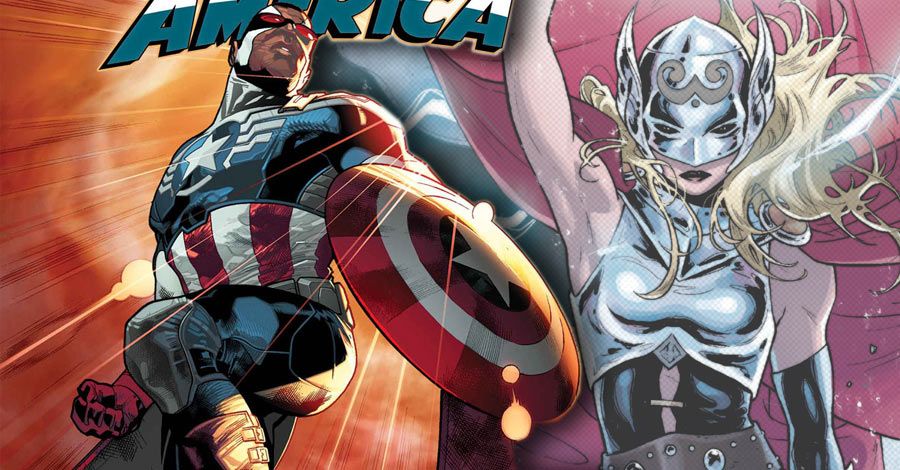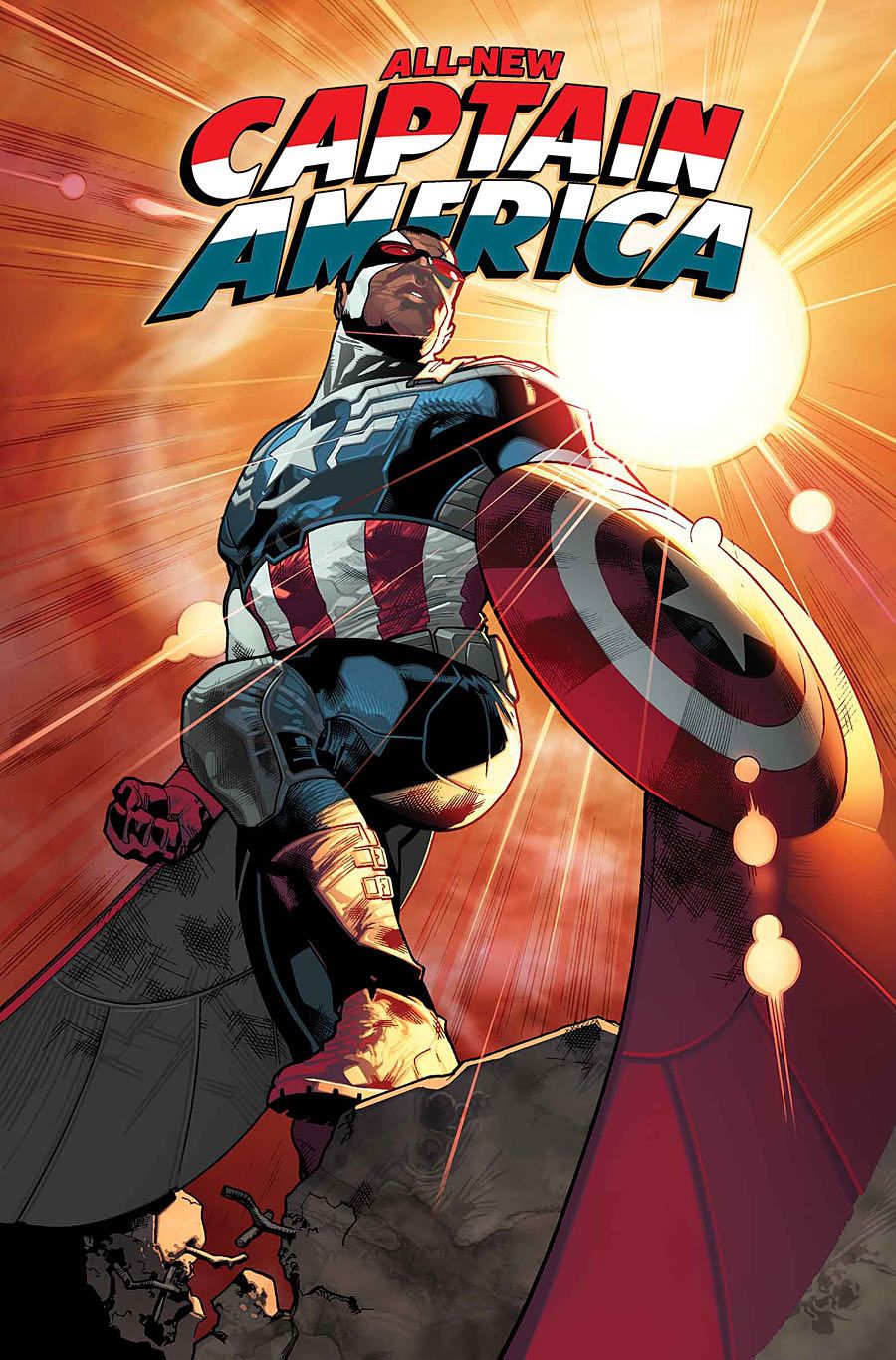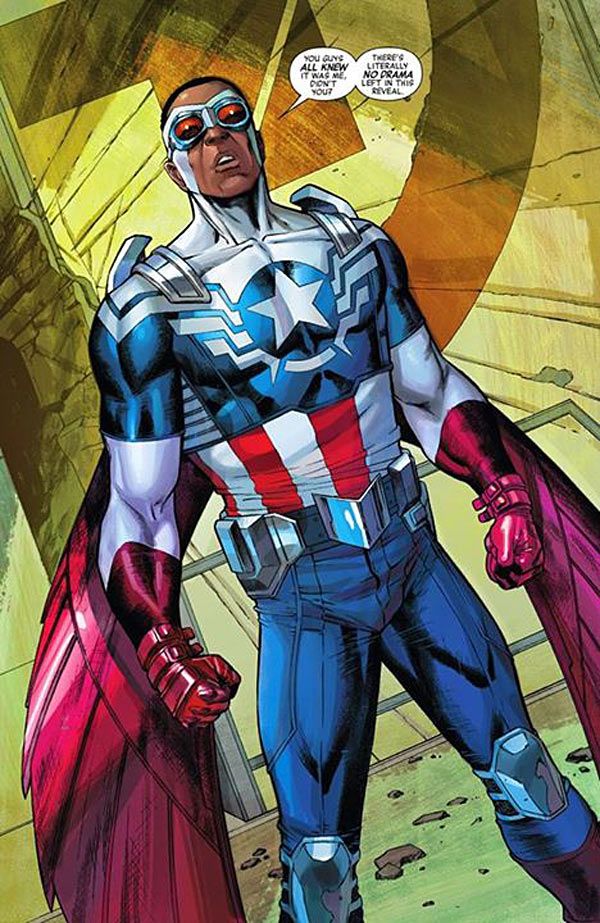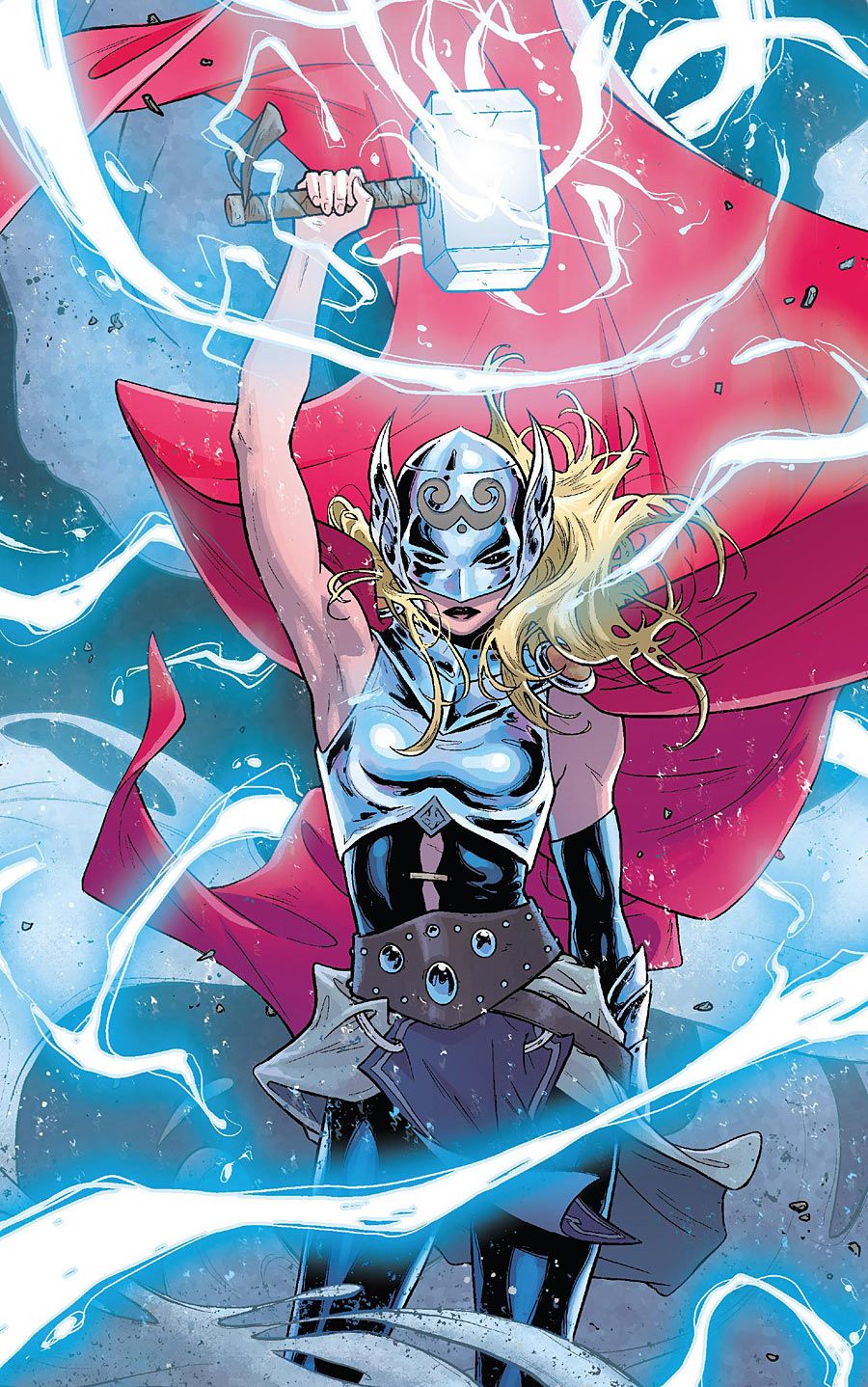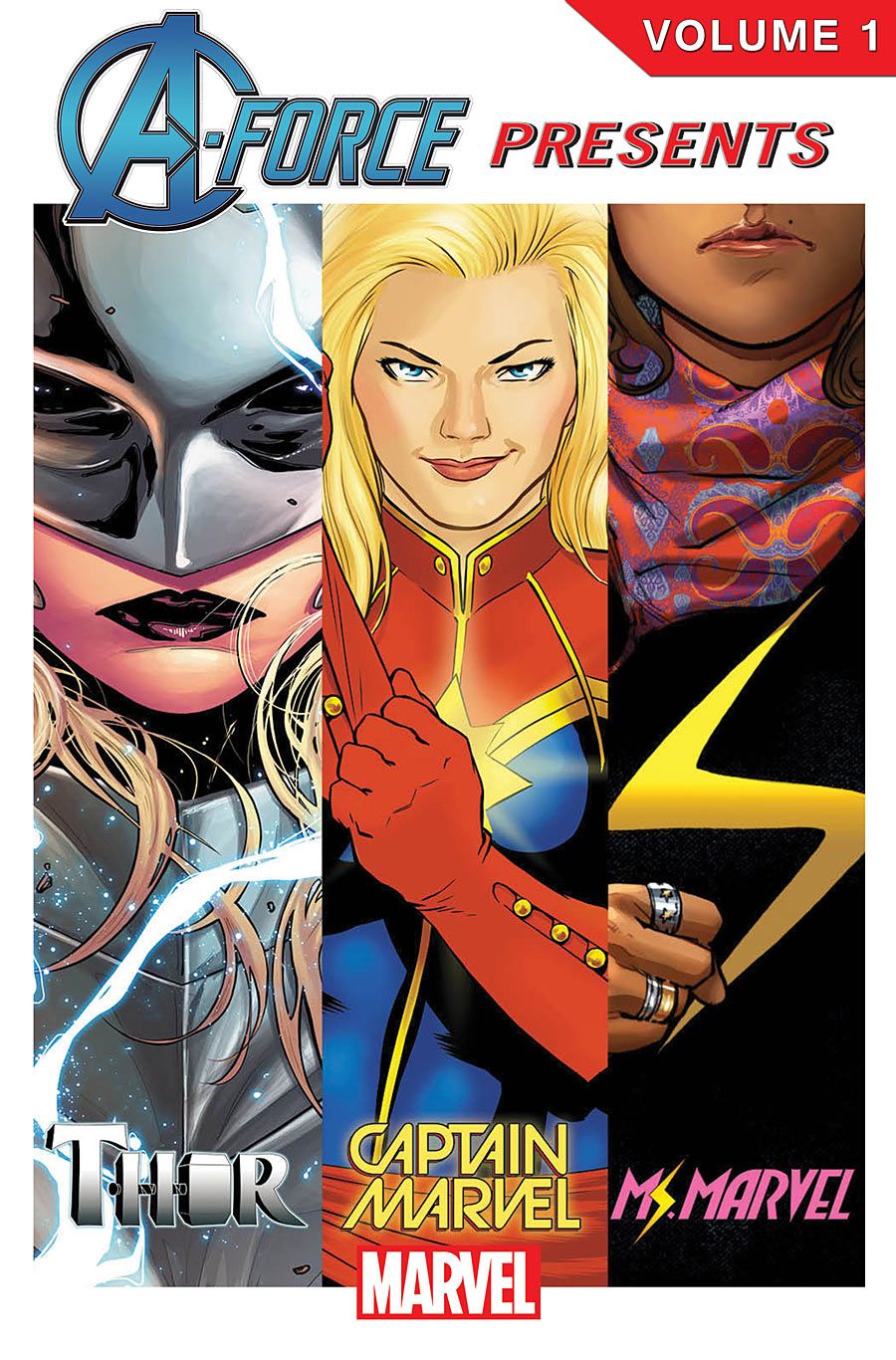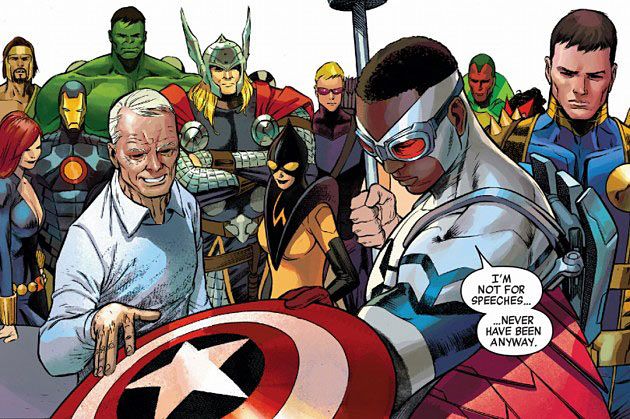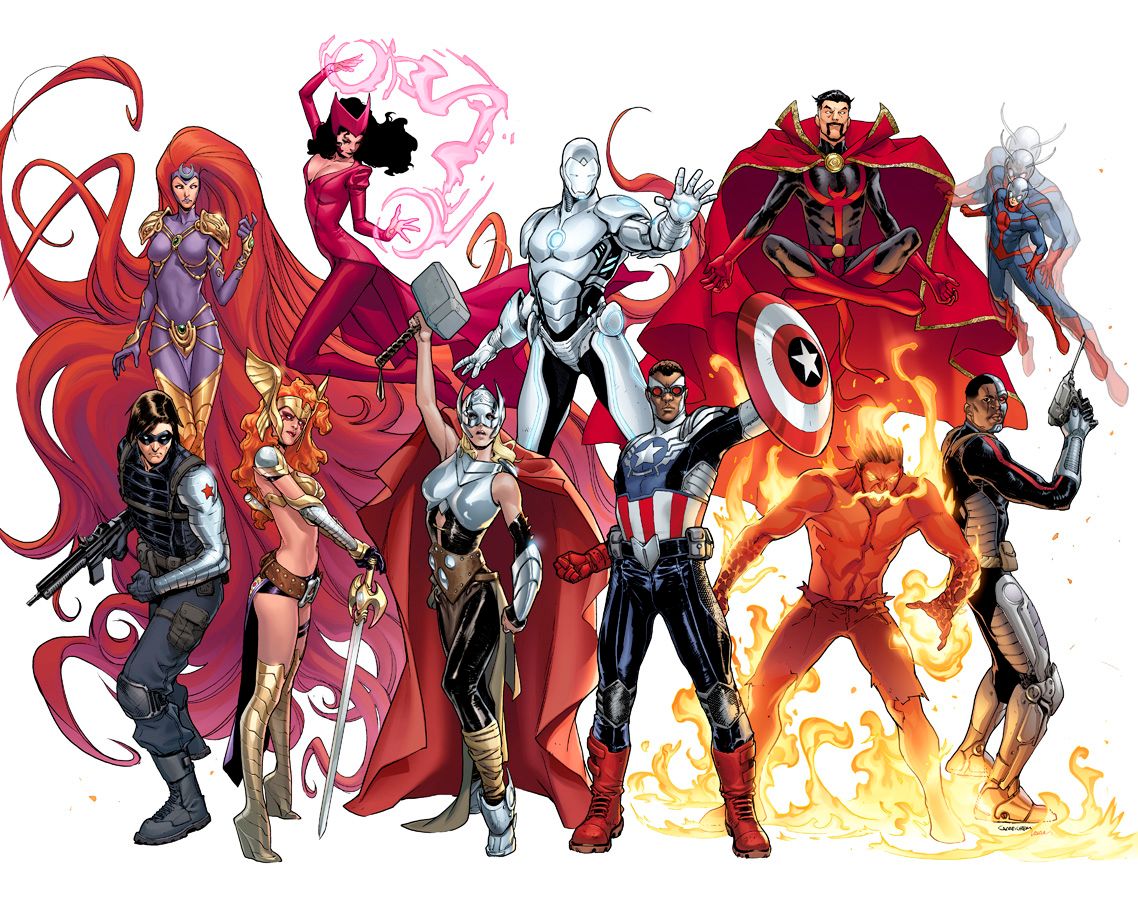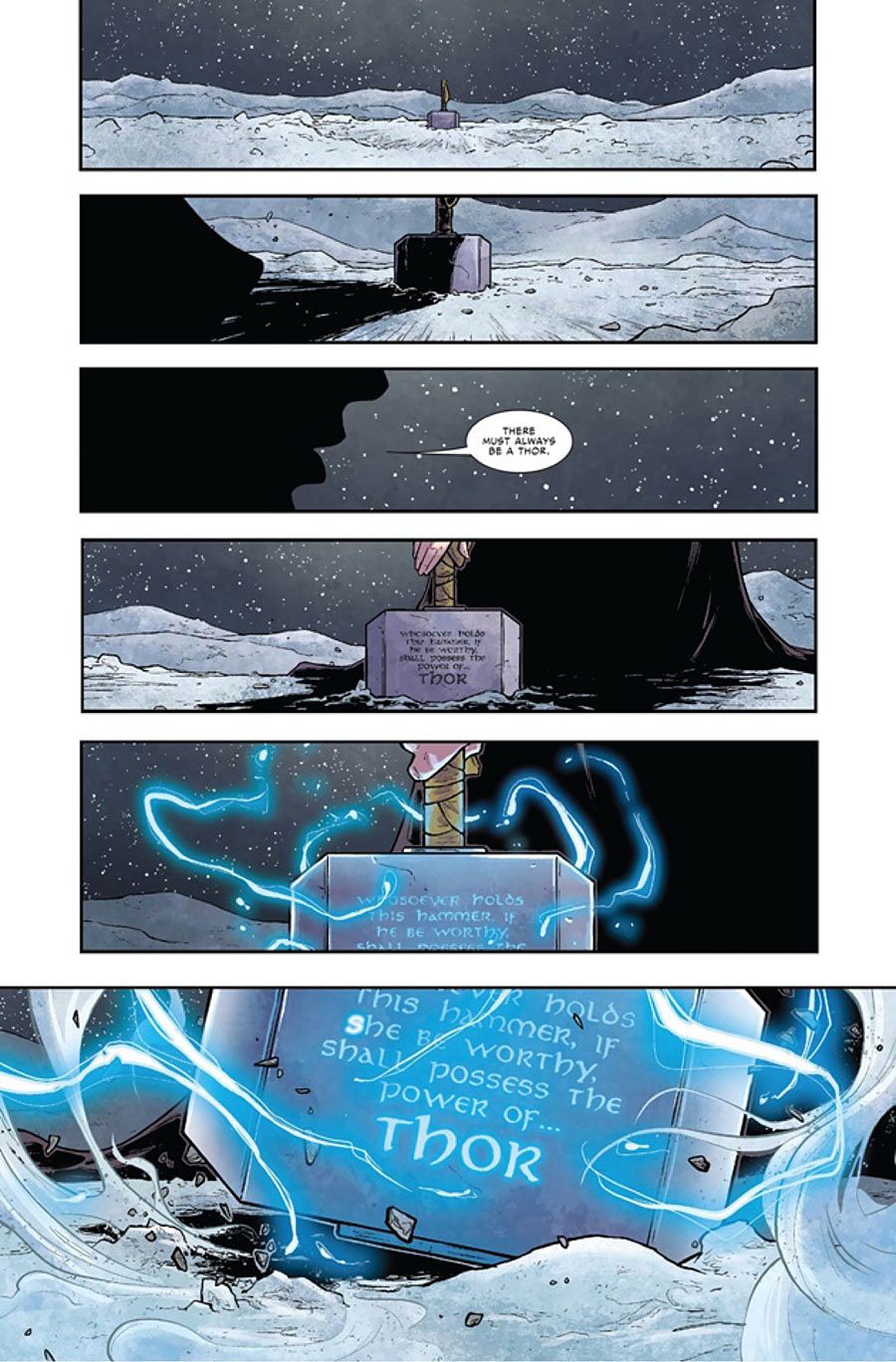In the last half-week, a number of media outlets reported the same news.
Marvel Comics' new "Thor" series, starring the first woman to wield the hammer and power of the well-known thunder god from comic books and film for any significant amount of time, is outselling its male counterpart, the preceding volume of "Thor," by significant numbers. In the case of the first issue, by more than 100%.
I had zero interest in the new Thor, but after reading that, I felt compelled to investigate, so after calling the top three comic book stores in Manhattan, NY and none of them managing to have all six issues of "Thor" in stock, I struck gold with Bulletproof Comics, my neighborhood comic book store in Brooklyn.
In ninety minutes, I read all six issues.
The first three issues, to me, were set-up, and I felt the series really started generating remarkable energy with the fourth issue, in which the new Thor fought the old Thor, and in the aftermath had the name of "Thor" given to her by its previous owner, the son of Odin.
It's also the issue where the new Thor seemed to stop questioning herself and fumbling in the shadow of her predecessor's legend. She became more self-assured.
Additionally, by way of strong female characters like Odinson's mother Freyda, and the two loves of Odinson's life, mortal and hopefully cancer-survivor Jane Foster and the Asgardian warrior Sif, "Thor" is becoming a tale that speaks to the narrative of female empowerment and the outdated notions of patriarchies and damsels in distress.
Writer Jason Aaron, illustrator Russell Dauterman (with help from guest artist Jorge Molina) and color artist Matthew Wilson have created a package of stories that builds momentum as it raises the stakes for the cast of characters.
The audience is clearly responding well to "Thor."
The same can't quite be said for "All-New Captain America," with the now-more-popular Black superhero Sam Wilson, formerly the Falcon, taking on the mantle and shield once worn by his predecessor, Steve Rogers, the first Captain America.
In comparing the sales figures for the first two issues of both "Thor" and "All-New Captain America," not counting multiple printings, this is what we get, according to ICV2.com:
"Thor" # 1 - 150,862
"Thor" # 2 -89,131
That's a drop of 41%, meaning "Thor" managed to retain more than half of its original audience through the inevitable drop in sales after its first issue.
"All-New Captain America" #1 - 120,500
"All-New Captain America" #2 - 50,077
A 58% drop, meaning "All-New Captain America" lost more than half of its original audience through the inevitable drop in sales after its first issue.
Considering how much of a publicity push Marvel Comics put behind both titles before and shortly after the first issue releases for each, it's interesting that both titles didn't even match up in first issue/first printing sales. "Thor" #1 sold 25% more copies than "All-New Captain America" #1.
There are so many factors to take into consideration for first issue sales, but the difference in second issue sales attrition and beyond may speak to how successful both books are at upping the ante as the book develops.
In a previous column, "The Trials of Marvel's Black Captain America, and the Heroes to Come," I discussed my hopes for the series and my commitment to purchase it on a regular basis.
That's becoming more difficult for me to do.
After reading the first three issues of "All-New Captain America," I find myself less than compelled to keep going. It's a solid adventure story, to be sure, with overall solid writing (and good character-based flashback scenes) by Rick Remender, beautiful art by penciller Stuart Immonen, inker Wade Von Grawbadger and color artist Marte Gracia.
That said, the story reads like Sam Wilson continues to fail, time and time again, and his actions don't strike me as revelatory of what's distinctive in a positive way about Sam and how he solves problems versus Steve Rogers and how he solves problems.
Sure, our heroes are supposed to stumble before they can rise, and in truth we want to see that on some innate level, because it parallels the trials of our own lives. But no two of us would attack a problem the same way, because our lives have informed our decision-making processes as well as our perceptions of life and ourselves, our confidence, our wherewithal, our courage.
That's my personal take, but if I look at the comparisons between "Thor" and "All-New Captain America" from a business angle, something that is quite noteworthy is the presence of a multi-pronged support structure for one title.
"Thor" has the benefit of being a core element in Marvel Comics' evolving plan to attract more female readers. This plan has revealed, at the very least:
- An unprecedented number of female character-based titles in publication and forthcoming, a good amount of which are written by reputable female creators
- A Women's History Month celebration by way of variant covers by female artists
- Publicity initiatives highlighting prominent female editors and staffers, inclusive of appearances on television shows and YouTube
- The announcement of "A-Force Presents," a new monthly magazine to be released in bookstores (and the direct market) to reach more female consumers of various ages. Each issue of "A-Force Presents" will contain stories from a number of Marvel's female superhero books.
These elements, very much like Marvel's superhero team The Avengers, come together to combat the enemy that no single female superhero title could withstand: The dominance of the male consumer base.
It's an impressive apparatus, and there's likely more to come.
This is what helps and supports "Thor."
There is no comparable apparatus (which has been fully revealed) to support "All-New Captain America."
- No Black History Month celebration by way of variant covers by popular Black artists
- No publicity initiatives highlighting Black editors and staffers, inclusive of appearances on television shows and YouTube
- No monthly magazine to be released in bookstores (and the direct market) to reach more Black consumers of various ages. Note that Barnes & Noble has an "African-American" section in their bookstores, and had a Black History Month promotional campaign going to highlight various titles, speaking to consumers whose lives and experiences align with the Black authors and stories about Black lives.
Axel-In-Charge: Navigating the "Secret Wars" Landscape, Responding to a Challenging Week
In a recent installment of AXEL-IN-CHARGE, Marvel's Editor-In-Chief Axel Alonso said "We are the home to Storm, the Black Panther, Miles Morales [Ultimate Spider-Man], Sam Wilson [the All-New Captain America], Robbie Reyes [the All-New Ghost Rider] and Kamala Khan [Ms. Marvel]..." which is great, and may indeed include an unprecedented number of Black character-based titles in publication, including "Captain America and the Mighty Avengers."

That would be the only context in which the weaker support structure for "All-New Captain America" matches the stronger one for "Thor."
Additionally, the superstar penciller of "All-New Captain America," Stuart Immonen, is being moved over to the monthly "Star Wars" title, so the variable which could be viewed as the title's greatest marketable asset is being relocated to a book which is part of one of Planet Earth's most well-known intellectual properties.
Lucky Luke Skywalker.
Recently, David Gabriel, Marvel Comics' Senior Vice President of Sales and Marketing, announced that both "Thor" and "All-New Captain America" would be among the thirty-three titles Marvel Comics puts on hold for their mammoth publication event "Secret Wars."
So both titles will wrap up soon and presumably return in the near-future. Maybe they'll return on the same footing, but they are certainly not on the same footing now.
Taking all of this into consideration, Sam Wilson, like many Black superheroes and Black people in real life, has the odds stacked against him for success.
So while I am not compelled to continue buying "All-New Captain America" based on the strength of the story, I am compelled to remain a regular purchaser because of all of this.
I'm going to have Sam Wilson's back.
I want the book to succeed, to realize its full potential, to be part of the narrative of the 21st Century Black experience.
None of that may happen, but hope springs eternal, and if "All-New Captain America" goes down, then may it be in a blaze of glory in which the fiery aftermath will not be its reduction to a barely-remembered footnote in the history of comics, but as a shining beacon for the next titles that follow.
As Jason Aaron wrote, "There must always be a Thor."
I hope there will always be a Sam Wilson as well, and many other Black superheroes from Marvel, some of whom may yet benefit in ways similar to the high-quality female superhero titles of this era of Marvel Comics.
Joseph Phillip Illidge is a public speaker on the subjects of race, comics, and the corporate politics of diversity. In addition to his coverage by the BBC and Publishers Weekly, Joseph has been a speaker at John Jay College of Criminal Justice, Digital Book World's forum, Digitize Your Career: Marketing and Editing 2.0, Skidmore College, Purdue University, on the panel "Diversity in Comics: Race, Ethnicity, Gender and Sexual Orientation in American Comic Books," and at the Soho Gallery for Digital Art in New York City.
Joseph is the Head Writer for Verge Entertainment (www.verge.tv), a production company co-founded with Shawn Martinbrough, artist for the graphic novel series "Thief of Thieves" by "The Walking Dead" creator Robert Kirkman, and video game developer Milo Stone. Verge has developed an extensive library of intellectual properties for transmedia development. Live-action and animated television and film, video games, graphic novels, and web-based entertainment.
His latest project is "The Ren," a 200-page graphic novel about the romance between a young musician from the South and a Harlem-born dancer in 1925, set against the backdrop of a crime war and spotlighting the relationship between art and the underworld. "The Ren" will be published by First Second Books, a division of Macmillan.

